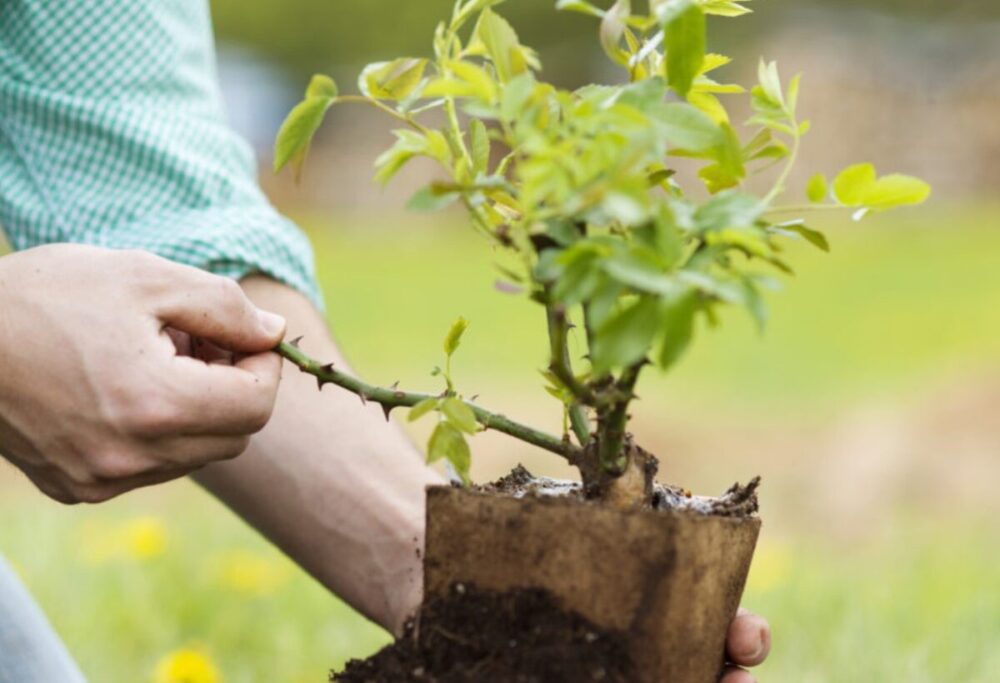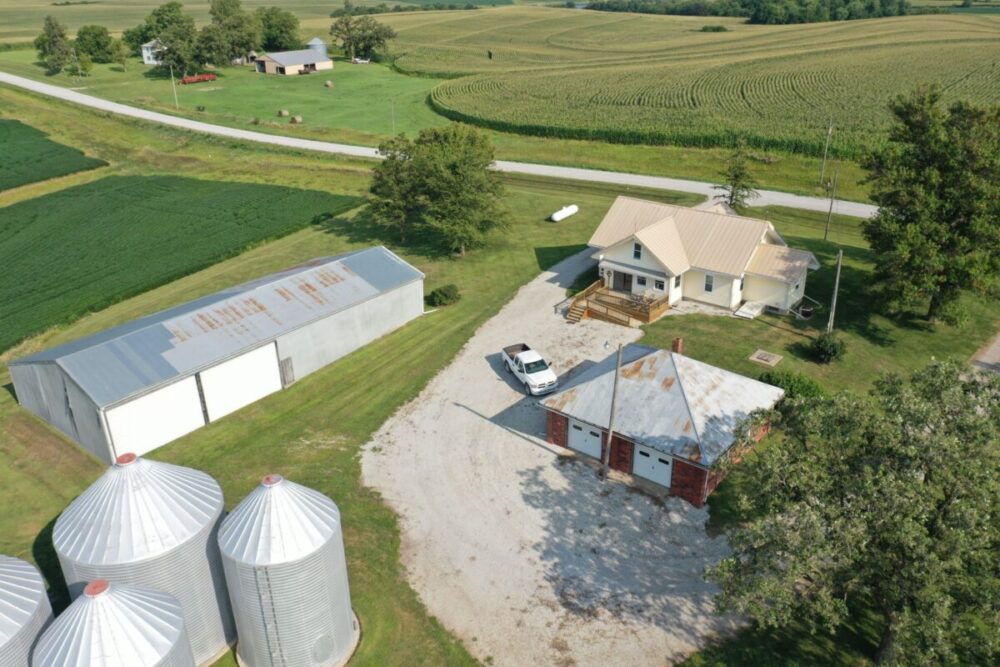Trees not only look amazing in your backyard, but they also provide privacy, shade in the hot summer months, and add value to your property. Gorgeous treetops are catching everyone’s eye and they are a great aesthetic addition to every home. Still, when not maintained properly they can also present a hazard for your home and your loved ones. Without it, they can turn out to be a costly business, so regular keep up is a must. Here are some tips that can help you out which might be overseen easily.
1. Mulching
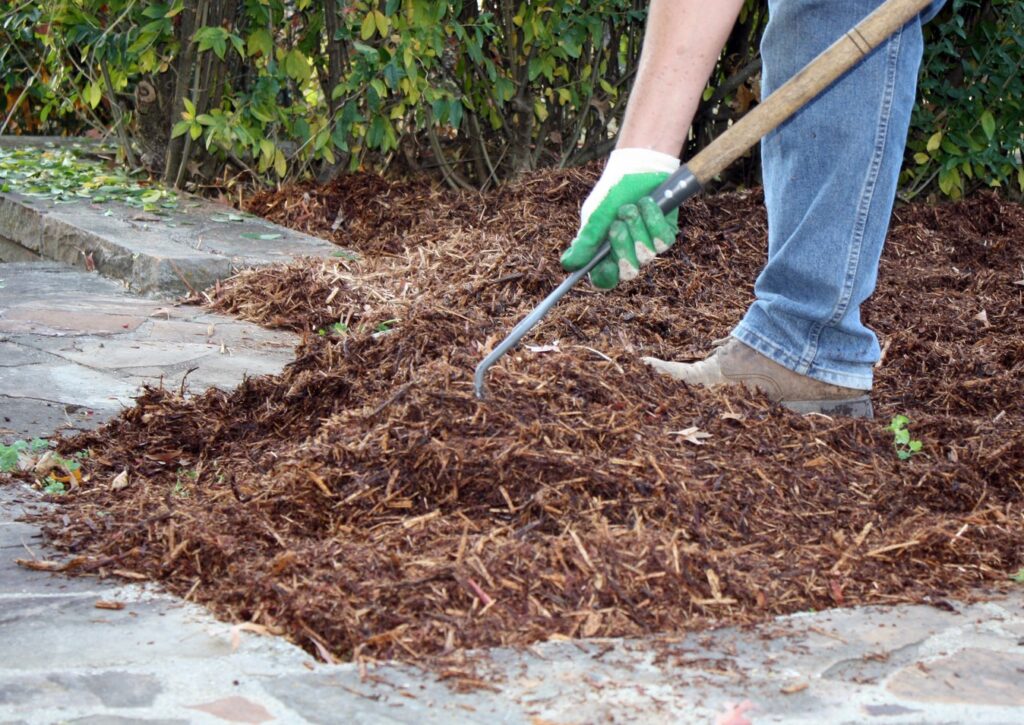
Applying mulch around the trees is going to keep them healthy and hydrated. This is especially important with young crops that are yet to set down their roots and grow. Do not overdo it though, a layer of 2 to 4 inches is quite enough to keep that moisture down. Putting more will attract pests and bugs that will eat up your tree from the roots up. Also, remember to leave some space between the ground and the mulch layer so that the rain can actually get to the soil. Two feet around the tree, the donut-shaped layer is just the right amount.
2. Signs of stress
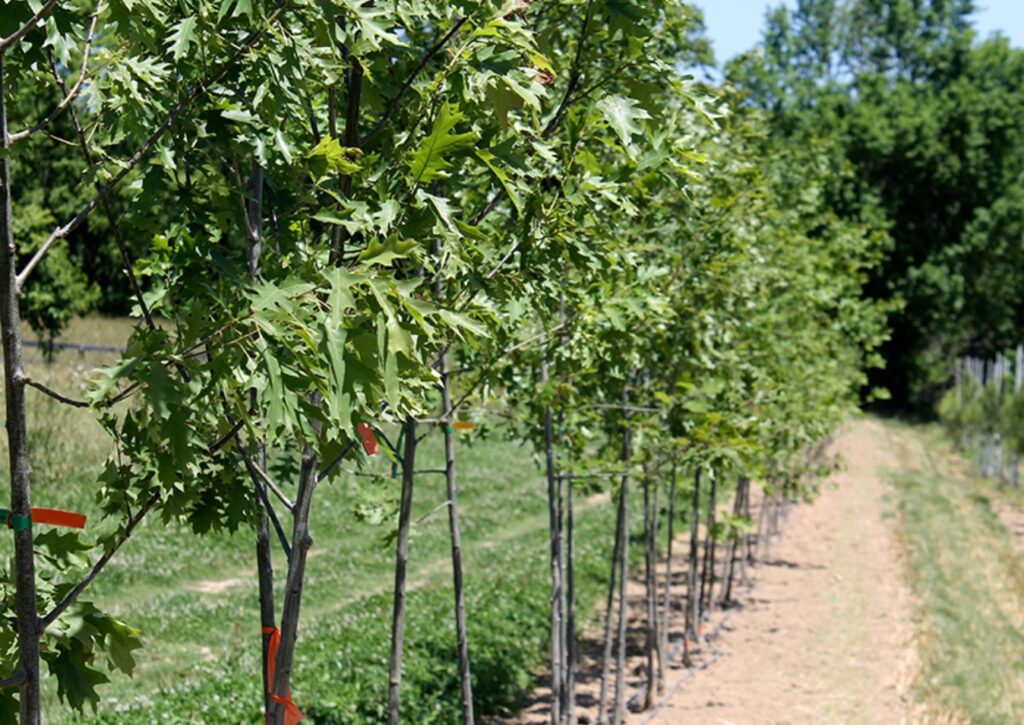
Young trees are more sensitive to environmental changes and extreme conditions. Summer heat can hurt their development in many ways, and you should keep an eye for the obvious changes. Wilting and yellowing of leaves are usually the first sign that your tree is lacking water and is too exposed to the sun. If possible, plant it near big treetops that will be able to provide some shade during the day. If you see your tree drooping, give it some more water after sundown or in the early morning. Replace the layer of mulch that will keep roots extra moisturized. If you have pets, you might consider protecting the trunk and roots from them with some shrubs or a short fence until the tree gains some strength.
3. Water
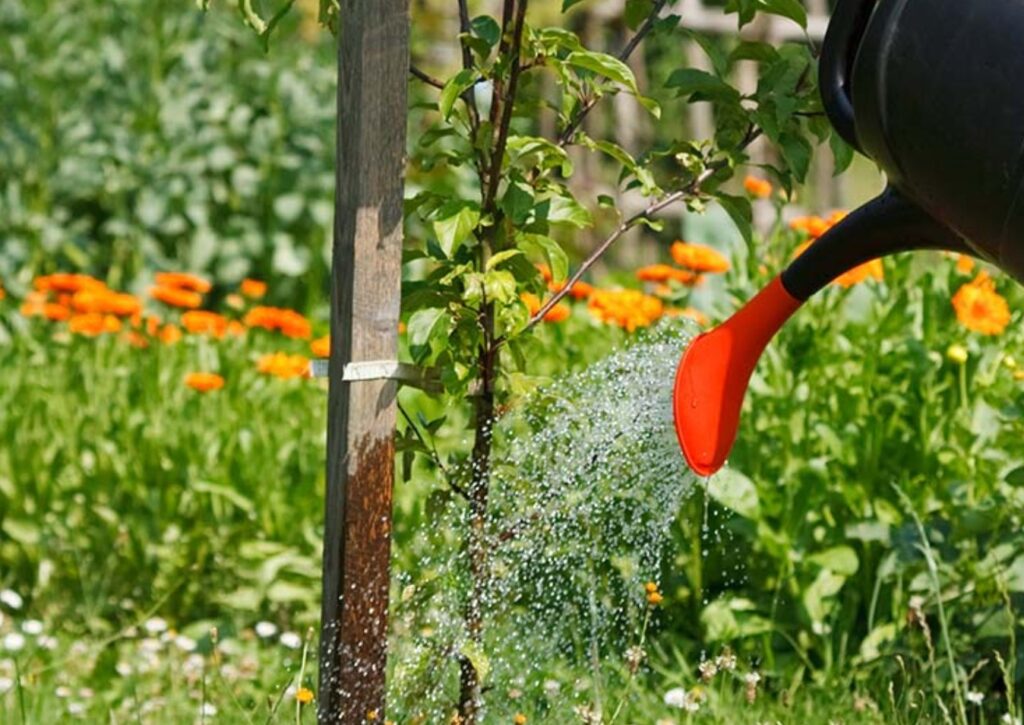
Unlike other plants, trees don’t need to be watered several times a day. Twice the time should be enough for the proper growth of the roots and leaves. The best time of day would be early morning when there is no such sizzling heat yet to minimize the evaporating. Trees’ roots need water the most, so focus on the deep and thorough watering around the trunk, and the tree’s inner system will transport the moisture to its leaves. Keep the water flowing for several minutes to be sure that it got to the deepest parts of the tree.
4. Fertilization
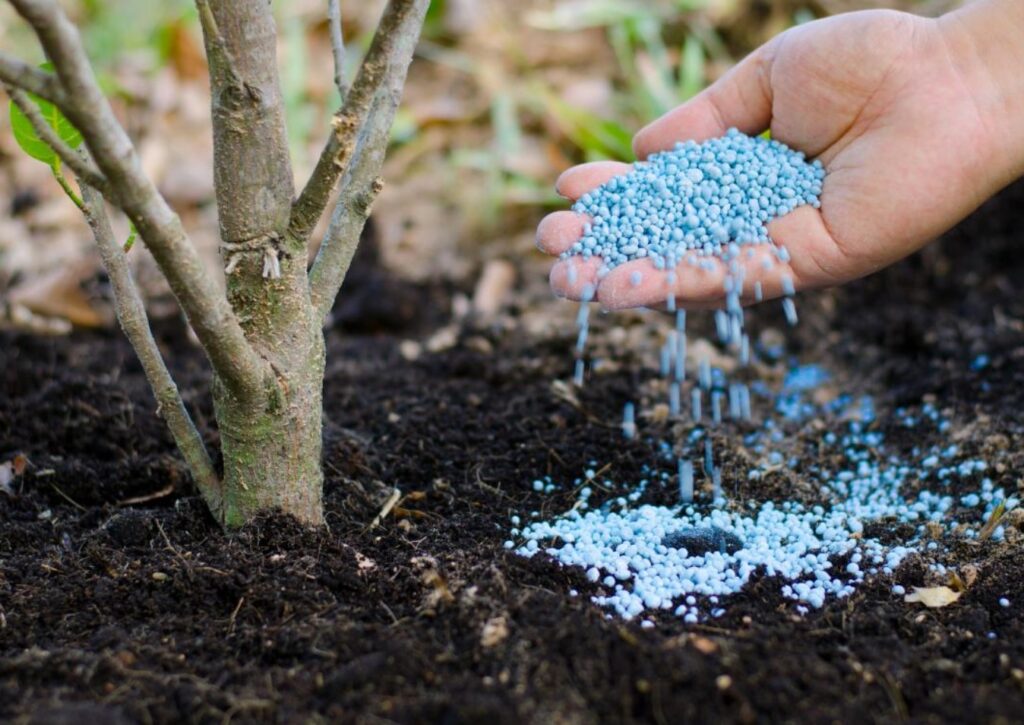
The most important step is to fertilize the soil properly. Trees get all their nutrients from the soil so it’s essential that it’s rich and healthy. The quality of the soil is going to directly impact the health of the trees. If you live in urban areas, your trees are exposed to the daily stress of emission gases, so they will need to be fertilized more often. Dried up soil will affect the leaves and branches making them yellow and brittle. If you have fruit crops this will impact the product and can diminish the harvest. The more nutritional the soil the better the crops, so make sure that you’re using the best one you can find.
5. Protecting your property
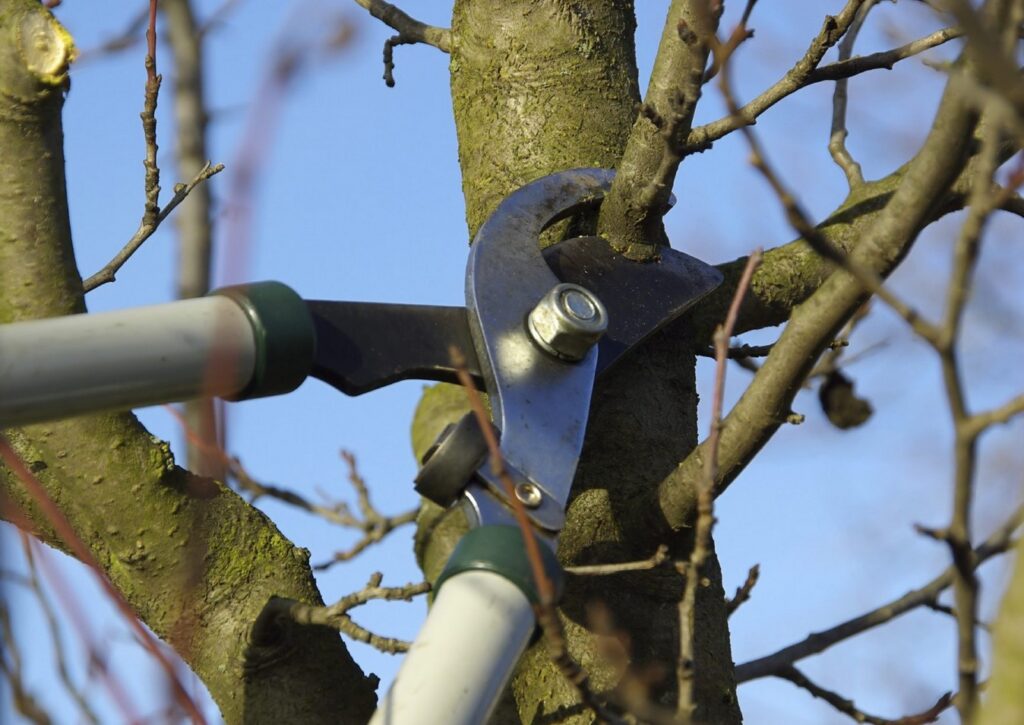
By keeping the trees healthy you’re making your property safe and protected from any fallen branches. Still, there are some events that you can not control but you can try to get a head start.
Pruning – This could go under tree maintenance 101. Regular pruning is the fundamental step in preventing any damage that might occur. Old, brittle, dry, and heavy branches can break without warning, and cutting them off before winter can save you the grief of repairing that costly roof. Leaves from the branches leaning against your rooftop will clog your gutters which will add some work to your schedule. If your treetops are too high up, and you’re not very handy or never done this before, the best thing would be to call the experts like Bark and Branch that will do it safely and correctly.
6. Pests
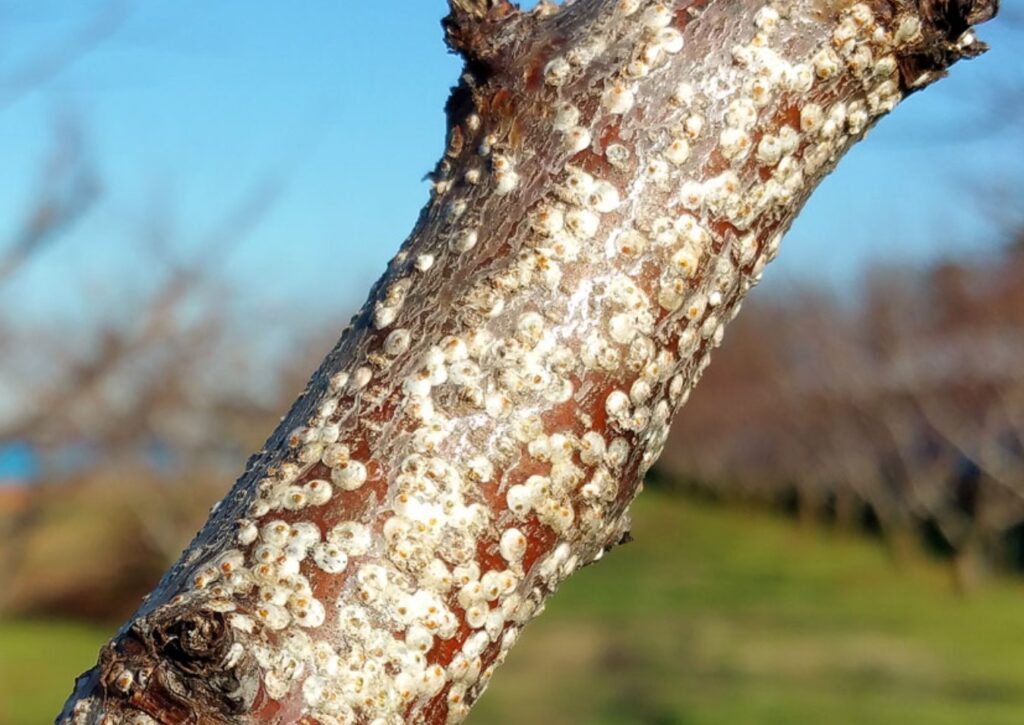
Keep a watchful eye for any signs of pests and diseases that might plague your beloved trees. The first warning signs usually appear on leaves first when they start to shed too much and change their structure and coloring. Look for the telltale dark spots and dry stems. Further, the professionals will tell you if any dried-up branches could fall off and check the trunk of the tree for any cracks. These are all signs of disease which, if not taken care of, can wreak havoc in your backyard and your home.
7. Plan before planting
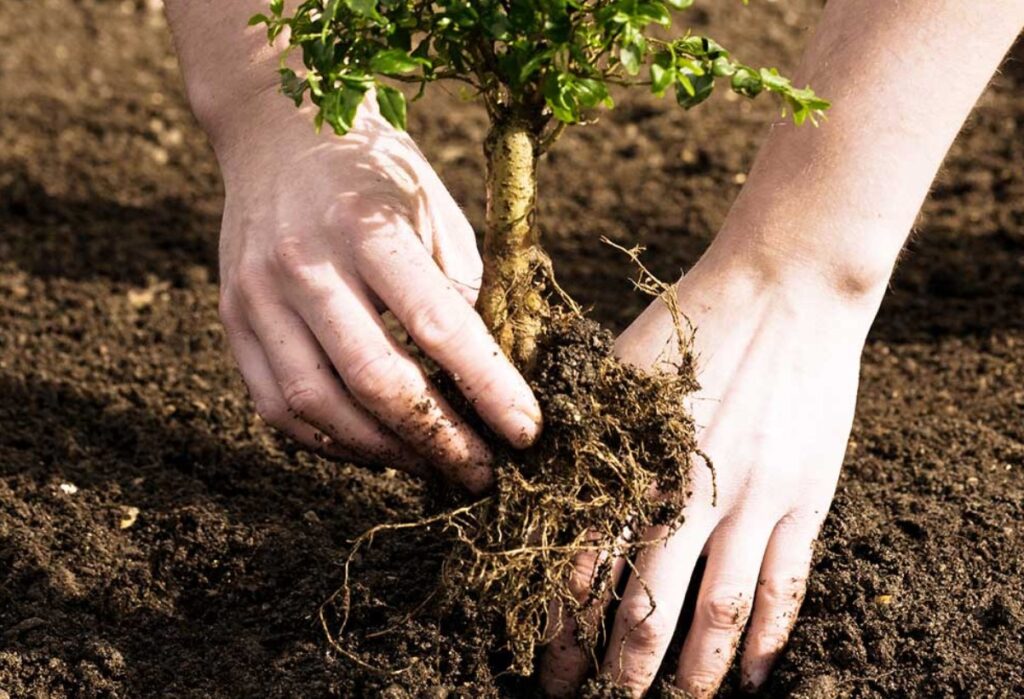
This might seem like an obvious step, but many people just plant wherever they see fit at the moment. Planned planting is crucial in avoiding detrimental circumstances later on. First off, think about what kind of tree are you putting in the ground. Is it going to grow tall, or wide, or does it have a strong root system? Get as much information as possible from your garden center before you dig a hole in your backyard. Next, just to be on the safe side, plant it away from any structures, even shed, to prevent any future mishaps. If the trees you’re planting have huge, thick, strong roots that grow deep into the ground, make sure that there aren’t any electric, gas, or water lines underneath.
8. Regular inspections
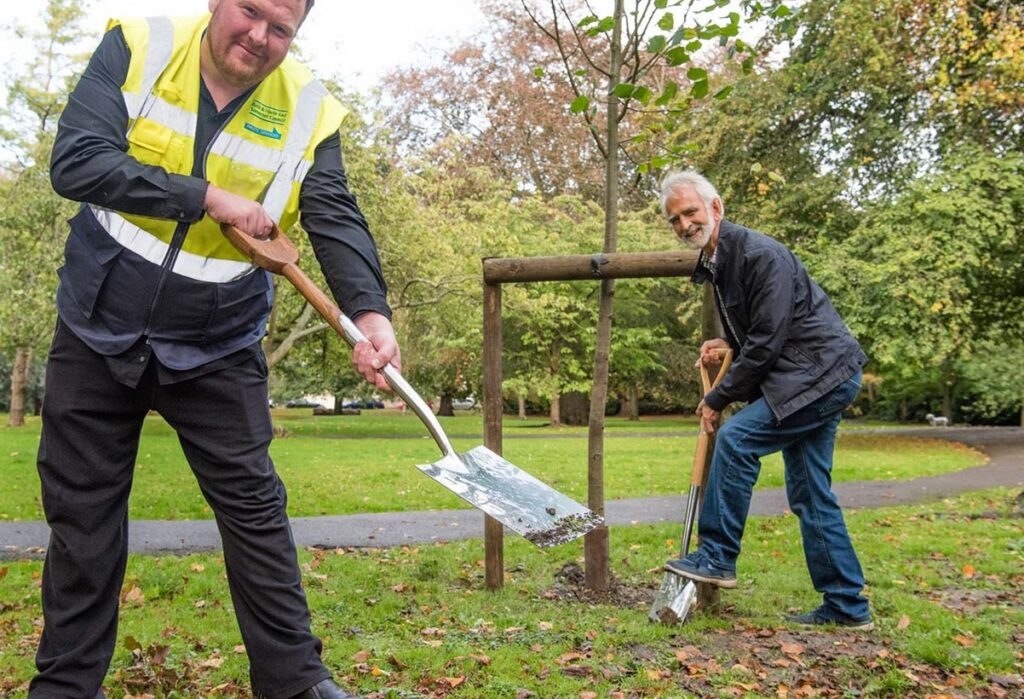
After every storm or snow, ice, and strong winds, you should do a thorough inspection of the branches. Under the weight of the environmental events, some branches might weaken and bent which can present a potential hazard to your property. There is no way to predict which way the branch will fall off, so it would be best to call in a professional crew to take care of it and to inspect if there are any further deformities. They might find some other defective branches that are not visible from the ground.

